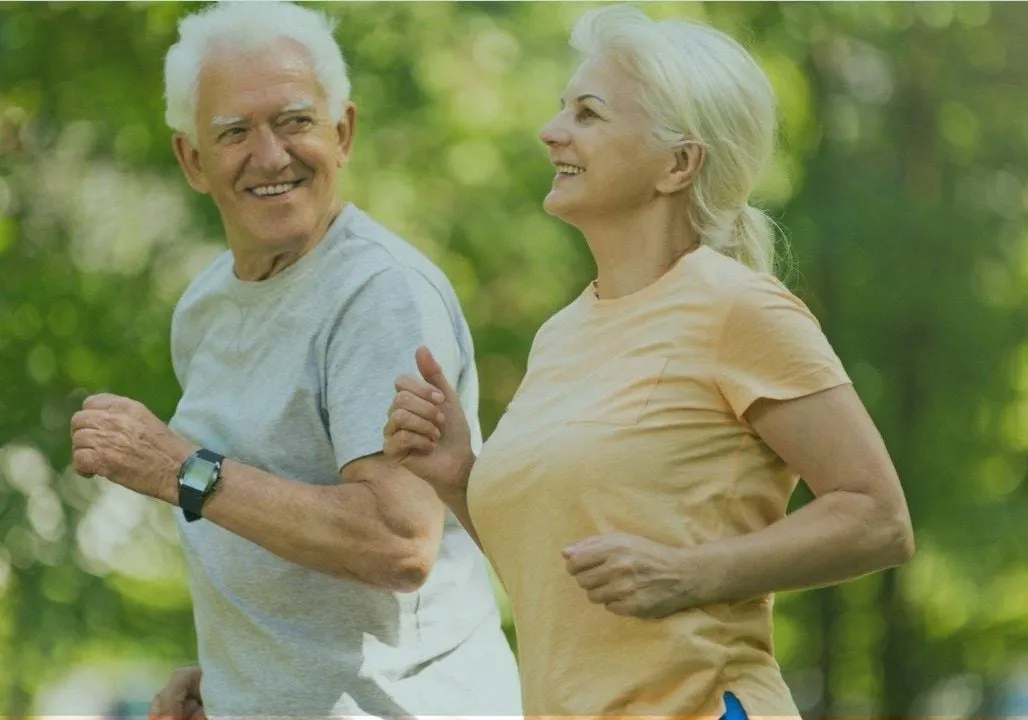
Exercise for Health, Not Just Fitness: Moving Well at Every Age
Let’s get real: exercise isn’t just for bodybuilders, marathon runners, or twenty-somethings in spandex. It’s for you—especially if you want to stay strong, independent, and engaged in life well into your 60s, 70s, 80s, and beyond.
Here’s the bottom line: moving your body regularly is one of the most powerful tools you have to age well. No surgery, supplement, or quick fix can match what consistent movement does for your energy, confidence, mobility, and mental clarity.
Why It Matters More As You Age
As we get older, we naturally face some physical changes:
Slower metabolism
Joint stiffness
Muscle loss
Bone thinning
Less endurance or balance
Higher risk of heart or lung issues
But none of these are an automatic sentence. The truth is, exercise helps slow or even reverse many of these changes. It helps you stay sharp, mobile, and capable of doing the things that make life enjoyable—whether it’s gardening, hiking, playing with grandkids, or just getting out of a chair with ease.
And it’s never too late to start.
Feeling Out of Shape? You’re Not Alone
If it’s been a while (or forever) since you had a regular movement routine, don’t let that stop you. You don’t need a gym membership or fancy gear to get started.
Even short daily movement, done consistently, can transform how you feel.
Start Smart: Get the Green Light First
Before jumping in, talk with your doctor, especially if you’ve been sedentary or have a health condition. A quick check-in helps ensure your movement plan matches your body’s needs and sets you up for success.
The 4 Core Types of Exercise You Need
To support lifelong health and function, aim to include these four movement types each week. You don’t have to do them all at once—just rotate them in regularly.
1. Cardio (Aerobic) Exercise
Anything that gets your heart rate up: brisk walking, dancing, swimming, biking. It improves endurance, circulation, and heart health.
2. Strength Training
Builds and preserves muscle using resistance bands, dumbbells, machines, or even your body weight. Key for bone density, metabolism, and joint support.
Start with bodyweight squats, wall push-ups, or seated resistance band exercises.
3. Flexibility Training
Stretching improves range of motion and reduces stiffness. Add gentle stretching after movement, or try a flexibility-focused class like yoga or Pilates.
4. Balance Training
Crucial for preventing falls. Try standing on one foot, walking heel-to-toe, or doing tai chi-style movements that train both static and dynamic balance.
Should You Work with a Trainer?
If you’re new to movement or unsure where to begin, a qualified trainer or group class can be incredibly helpful. Look for someone who understands older bodies and can tailor a plan that’s safe, effective, and enjoyable.
If gyms aren’t your thing, try:
Yoga or Pilates for strength and flexibility
Dance classes like Zumba or ballroom for cardio, coordination, and fun
Online programs or apps if you prefer exercising at home
Remember: the best exercise is the one you’ll keep doing. So pick something you enjoy—or at least don’t dread.
Start Small. Stay Consistent. Make It Yours.
Here are some smart tips to make exercise stick:
Start with two minutes. Literally. If that’s all you can do today, great. Show up again tomorrow.
Set yourself up the night before. Lay out your clothes. Fill your water bottle. Decide when and where you’ll move.
Make it social. A walking partner, a group class, or even a friendly trainer can boost accountability.
Choose consistency over intensity. 20 minutes most days beats 60 minutes once a week and quitting.
Write down your why. What benefits are you after? More energy? Better mood? Fewer aches? Keep your motivation visible.
Progress happens through repetition, not perfection.
Don’t Push Through Pain
Discomfort is okay. Pain is not. Learn to listen to your body. Allow time for recovery. You’re not in a race—this is about building a lifestyle that supports you long-term.
Move with Purpose. Age with Confidence.
You don’t need to run marathons or become a bodybuilder. But you do need to move regularly if you want to keep doing the things you love—on your terms.
So if you’re ready to feel stronger, steadier, and more energized, the best time to start is now.
And the best way to start? Just move.
Key Takeaways
Regular exercise boosts physical health, mood, memory, balance, and independence.
You’re never too old—or too out of shape—to start moving your body.
Include cardio, strength, flexibility, and balance in your weekly routine.
Start small and focus on consistency, not intensity.
Movement should feel rewarding, not punishing.
Choose activities that fit your interests, lifestyle, and goals.